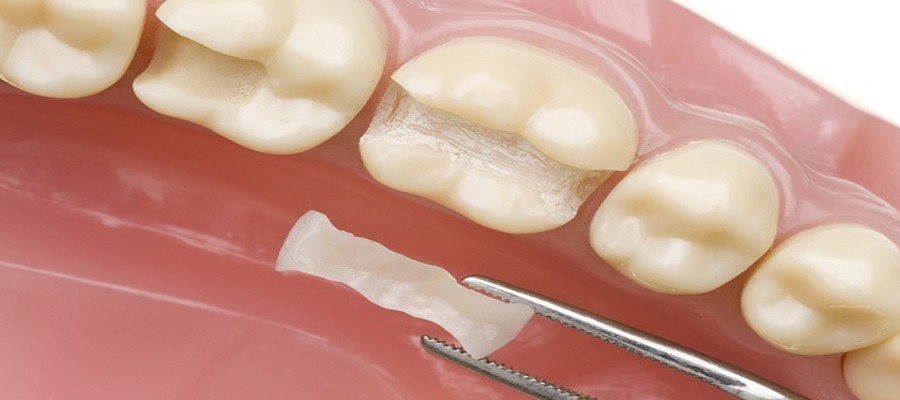Dental inlays and onlays are restorations used to repair rear teeth with mild to moderate decay or cracked and fractured teeth that are not sufficiently damaged to need a crown.
Ideal candidates for inlay or onlay work typically have too much damage or decay in the tooth structure to be successfully treated using a filling, but have sufficient healthy tooth remaining to avoid the need for a crown. This allows the dentist to conserve more of the patient’s original tooth structure.
Inlays and onlays prolong tooth life and prevent the need for more dental treatment in the future.
Dental inlays and onlays are used when old fillings need to be removed or replaced. A dental inlay is similar to a filling and fits inside the cusp tips (top edges) of the tooth. A dental onlay is more extensive and extends over the cusps of the treated tooth.
How are inlays and onlays done?
It takes two appointments for the inlays and onlays treatment to be completed and to be finally bonded to the damaged area of the tooth.
Inlays and onlays are performed using very similar procedures. At the first appointment, the area to be treated is numbed with local anesthetic. Any decay or damage is removed to clean and prepare the tooth for the dental inlay or onlay.
Using a small tray filled with dental putty that fits over the teeth, the impression of the damaged tooth is taken and sent off to the dental laboratory, where a dental inlay or onlay is created that will fit your tooth exactly. We use E-max inlays and onlays which is the latest technology in esthetic treatments. While the inlay or onlay is being created at the lab, a temporary restoration (cover or filling) is placed into your tooth to protect it until your next appointment.
At the second appointment, the temporary restoration is removed and then take time to ensure the inlay or onlay fits correctly. Then the inlay and onlay treatment is completed with a polish to ensure a smooth and aesthetically pleasing finish.
Each visit to the dentist for inlay or onlay treatment takes about half an hour, with the first appointment taking slightly longer due to the preparation process
